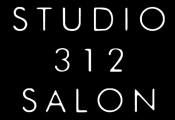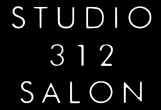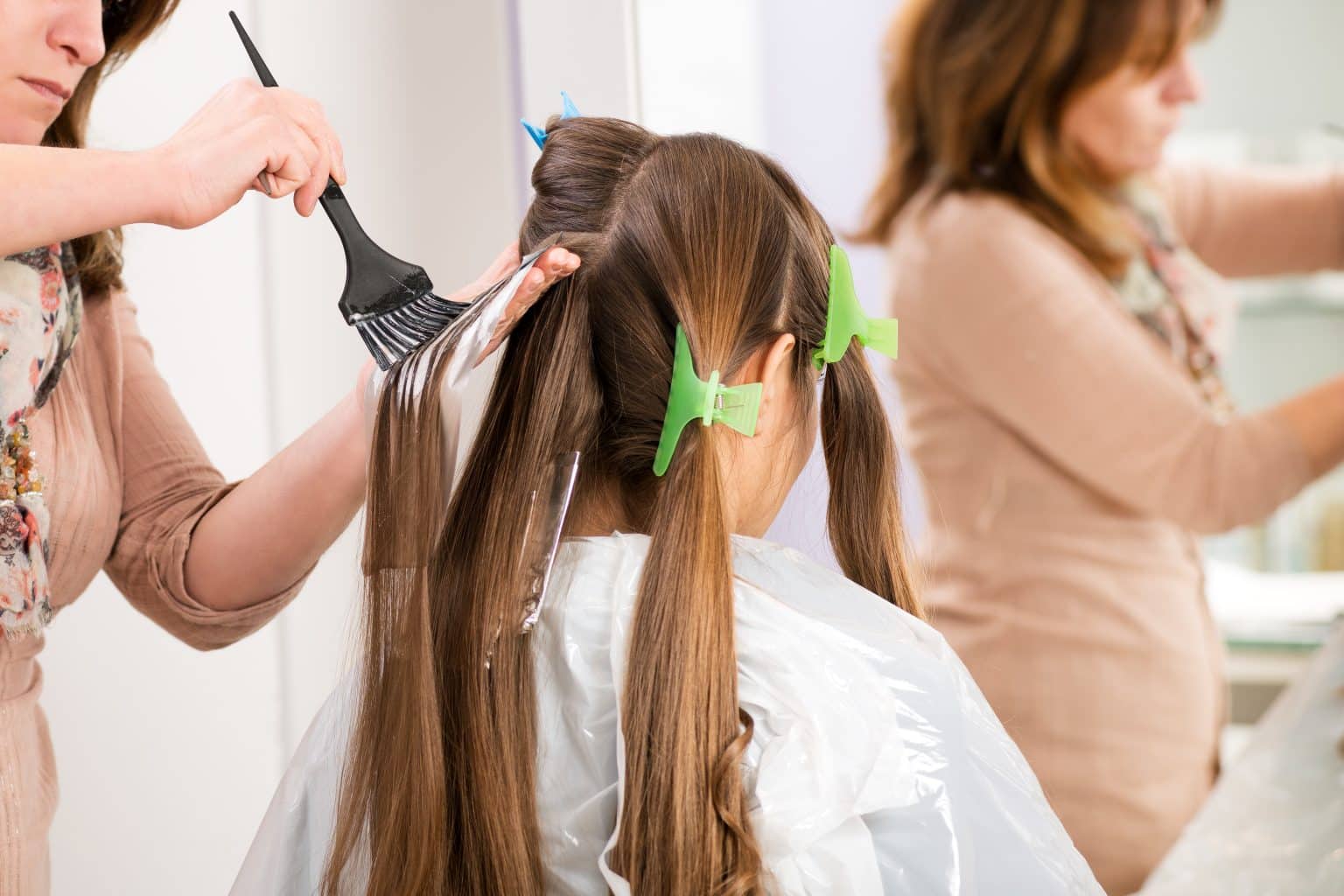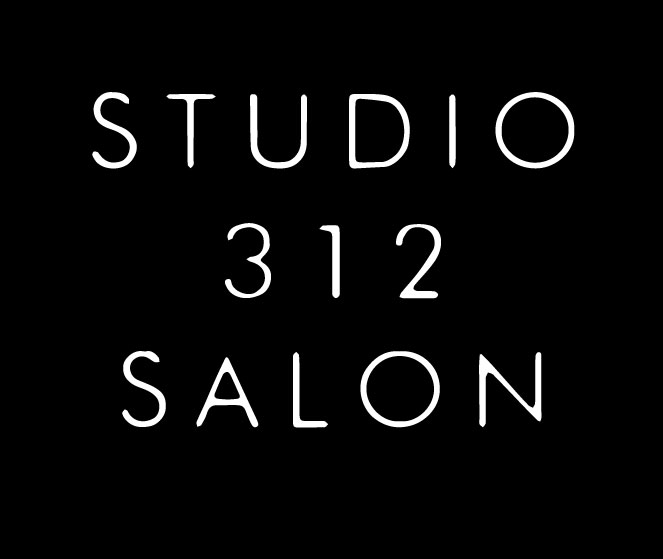Your hair says so much about you, and one of the best ways to make your hair say something fun is by changing up your color. Whether you want to go platinum blonde or shake things up with a bright pink pixie cut, a new hair color is a fun way to showcase some of your personality.
Among the most popular hair coloring techniques are balayage and highlights. Both services add dimension and depth to your hair, while giving it a natural and sun-kissed appearance.
Both techniques can be customized to your unique hairstyle and are more low-maintenance than all-over color, making them more convenient and cost-effective.
So when what’s the difference between balayage and highlights—and which one is for you? Read on to learn more.
Balayage vs. Highlights
Lightening your hair with just a touch of color can change your entire appearance which is why so many people love getting highlights or balayage every now and then.
So before you sit down in the chair, it’s important to know what you’re getting so you can choose the style that’s best suited to your hair and your lifestyle.
What Are Highlights?
Simply put, highlights are pieces of your hair that are a lighter color than your natural color, adding dimension and creating contrast.
Your stylists will apply a lightener or bleach to your hair to create sections of lighter color. Highlights create the illusion of thicker hair and can be used to camouflage gray hair or to complement different skin tones and facial features.
Highlighting can be done in a variety of patterns, from chunky and bold to fine and subtle, and can be used to create a range of looks, from natural and sun-kissed to edgy and dramatic.
There are many popular highlighting techniques such as babylights, ombre, strandlighting, and more. Your stylist can help you understand how each technique differs and which one will give you the look you want.
Because highlights will go up to your roots, they require more maintenance to keep your color fresh and vibrant. Ultimately, the frequency will depend on your desired look, but you may need to consider color touch-ups every two months.
What Is Balayage?
Balayage is one technique that stylists can use to highlight the hair.
The term “balayage” comes from the word “to sweep” in French, referring to the sweeping motion stylists use to apply the color.
Balayage is a freehand, sweeping technique that involves painting the hair with lighter color, focusing on the mid-lengths and ends, leaving your roots darker. This creates a more natural and subtle look than highlights and results in a more lived-in or sun-kissed effect.
Your stylist will select the sections of hair they want to lighten and then use a brush or paddle to apply the color in a natural, graduated way.
Balayage can be done on any hair type and can be customized to achieve a range of looks, from subtle and natural to bold and dramatic. Furthermore, the hand-painting technique means each application is unique and can be tailored to suit your features, natural hair color, and personal style.
Unlike traditional highlights that go up to your roots, balayage is focused on the mid-lengths and ends of your hair. There is no harsh regrowth line and the color gradually fades over time, making touch-ups less frequent.
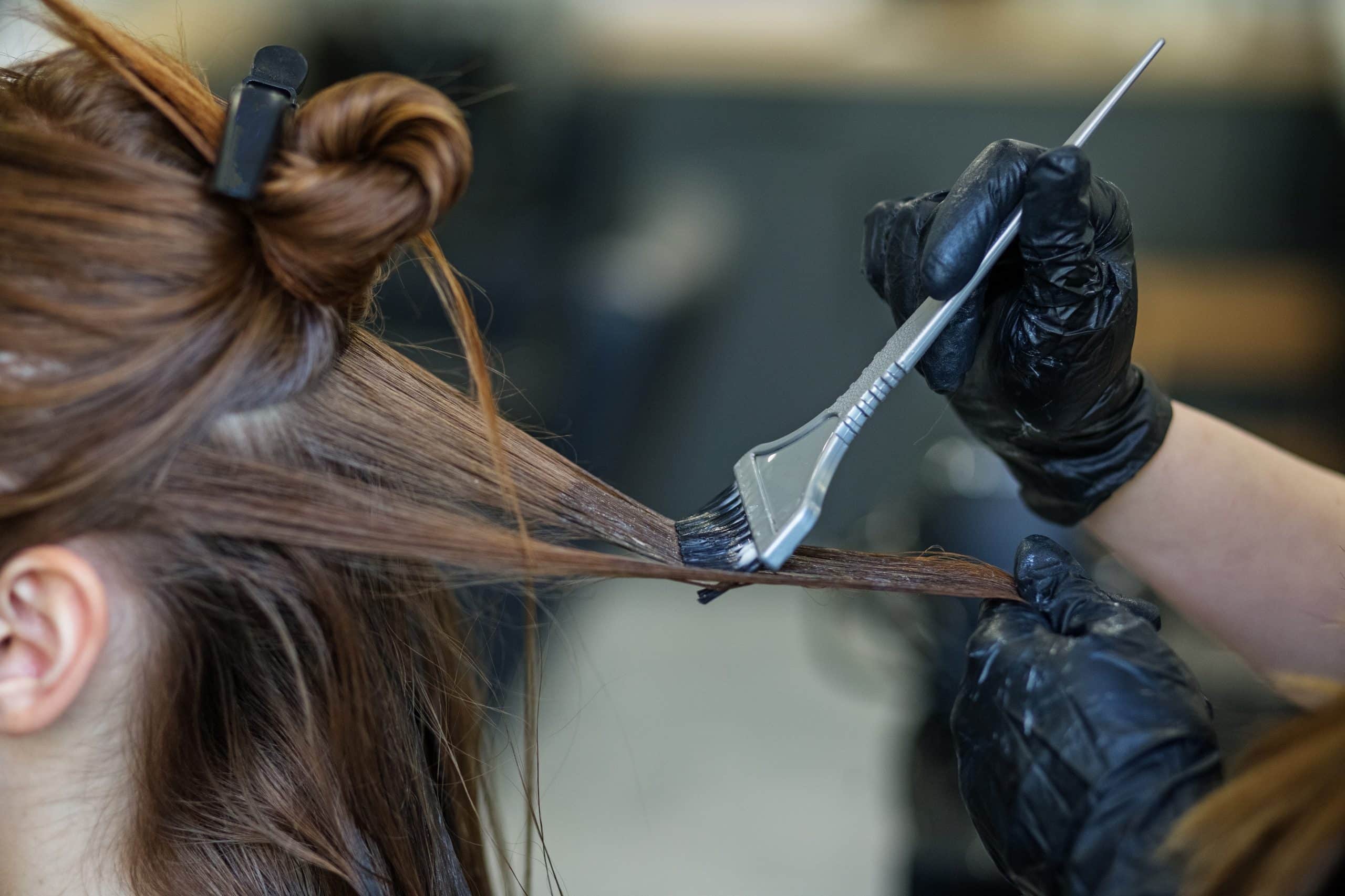
Which One Is Right For You?
There are a lot of factors to consider when deciding if balayage or traditional highlighting is right for you.
Balayage might cost more up front, but maintaining your look will require fewer touch-up appointments. If you’re looking to cover up gray roots on the other hand, balayage won’t do the trick.
Some more factors to consider:
Hair Color and Skin Tone
Because both balayage and highlights allow your base color to show through, you’ll want to pick the technique that blends naturally with your coloring.
Balayage tends to work better on warmer tones, while highlights may be more suitable for cooler tones. Warmer tones in your hair or skin have hints of gold, yellow, and peach, while cooler tones have hints of pink, blue, or red.
If you have naturally dark hair and warm undertones, balayage can create a more natural look. With cooler undertones, highlights can add more contrast and brightness to your hair.
Hair Length and Texture
Balayage works particularly well on longer and thicker hair, as it can create a more natural-looking gradient effect. If you have shorter hair or fine hair, highlights help create the appearance of more volume and texture.
Your hair cut will also help you determine which technique is better. So if you’re interested in a wolf cut and adding some color, talk to your stylist about whether balayage or highlights will shine more with that new cut.
Level of Upkeep
Of the two, balayage requires less maintenance because the color is focused on the mid-lengths and ends of your hair rather than your roots. However, because the color is more subtle, it may require more frequent touch-ups to maintain your desired level of lightness.
Highlights, on the other hand, require more maintenance because they involve coloring specific sections of hair, so the regrowth can be more noticeable.
When it comes to at-home maintenance, balayage doesn’t completely saturate your hair in bleach or dye so it doesn’t cause as much damage or dryness. It also doesn’t touch your scalp, so it won’t alter the structure of your hair.
With highlights, you’ll need to do more frequent at-home deep conditioning treatments to prevent your hair and scalp from drying out.
Personal Style
The biggest deciding factor is the look you want to achieve!
Balayage tends to create a more natural, lived-in look, while highlights can create a bolder, more defined contrast. Consider your overall aesthetic and what your ideal look is.
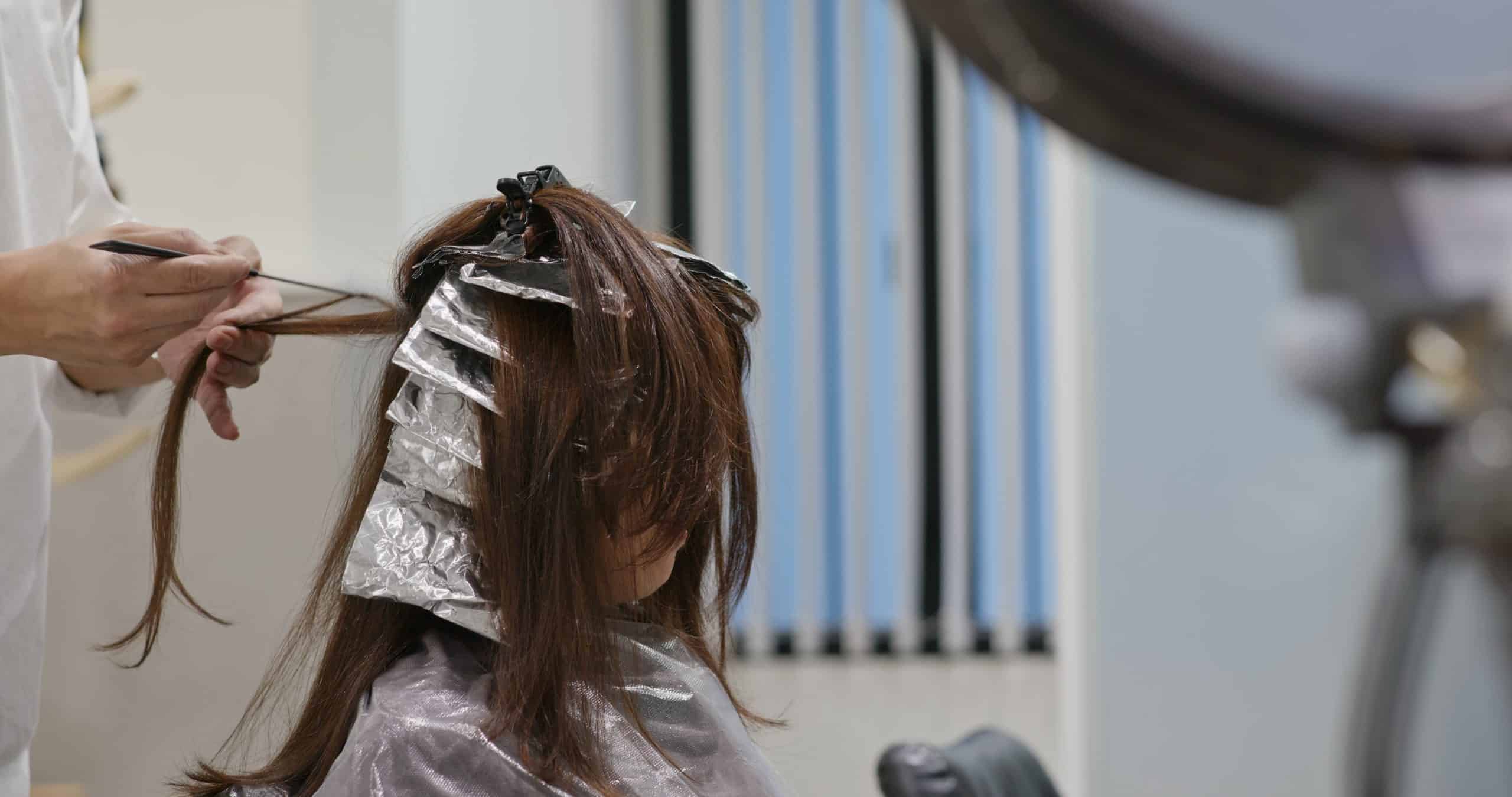
Still Can’t Decide? Consider Foilyage!
One of the benefits of foil highlights is the ability to lift your hair color to a lighter shade than the “open air” technique of balayage. This is because the foil is able to trap your body heat and boost the effect of the bleach.
Foilyage combines the lightening effects of foil with the hand-painted subtlety of balayage, creating a look that is just as natural looking but with a lighter and brighter color.
Get Your Best Look With the Best Stylists
Ultimately, the best way to decide between balayage and highlights is to consult with a professional stylist who can assess your hair type and personal preferences and recommend the technique that will be best for you.
Here at Studio 312 Salon, we love your hair just as much as you do, and we’ll work with you to achieve the exact look you want. Tell us your hair goals, and we’ll determine whether balayage or highlights will get you there.
Contact us to book an appointment and transform your look today.
